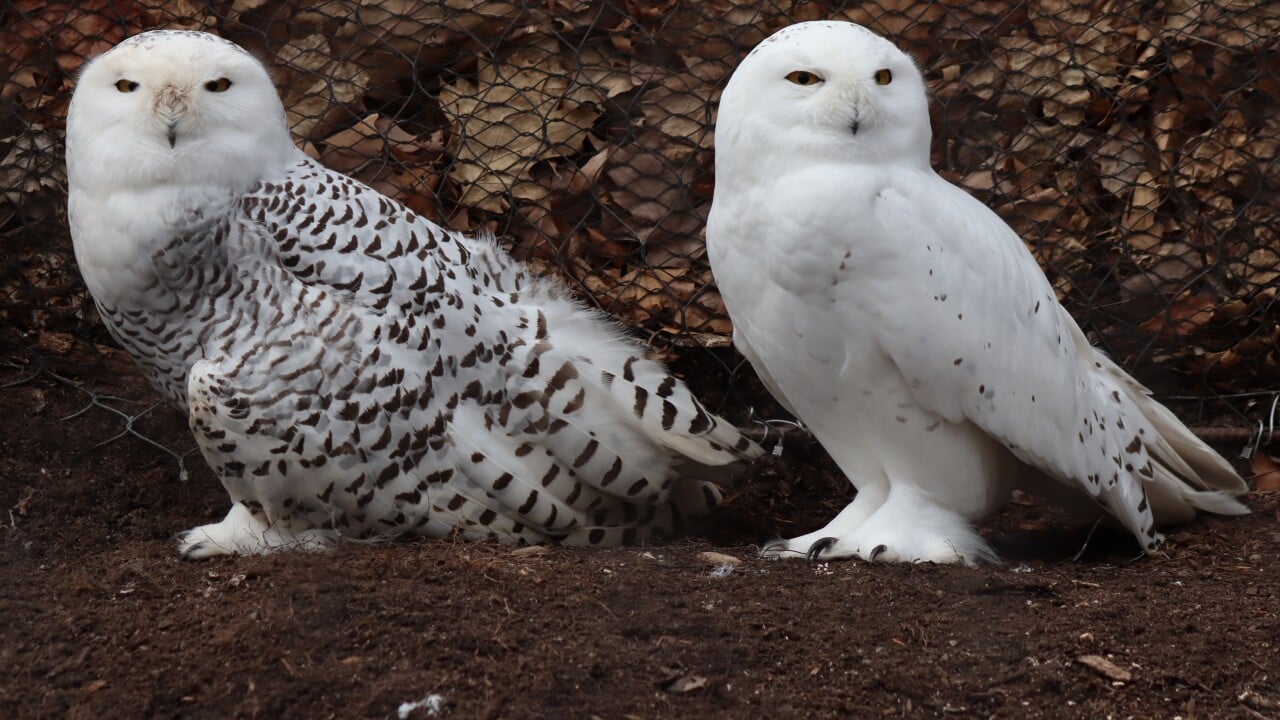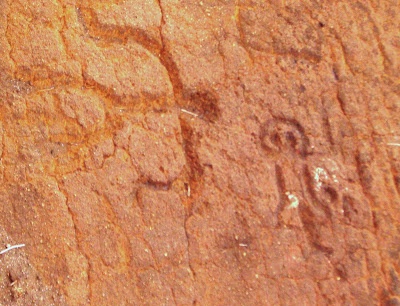it's scientific name is Asio flammeus sandwichensis
Amazing 😄
For owls that are superb.

it's scientific name is Asio flammeus sandwichensis
Amazing 😄
All I can think of now is a flammulated owl with a sandwich
Also, Hawaii has owls? TIL
Yup, shorties are capable of very long flights, so they likely island hopped just like the Polynesians!
Asio = Horned owl Flammeus = Flame colored
The Flammulated Owl technically has plumicorns, but even less so than the Shorty. Flammy is in a genus all by itself.
Check out those stilt owls if you haven't yet too. They were pretty neat!
It's always fun learning the history of words!
Also you're right, those stilt owls are really pretty!
I'm always curious how they come up with these names. When you get the opportunity to name something after whatever you want, there should be a good story behind it.
True. Although as an aside, I do think it's funny how sometimes a descriptive name (like "Ruby throated hummingbird") actually turns out to not be very accurate (ex: red bellied woodpecker has only a very slight bit of dull red on the belly!)
The woodpecker is a great example of that.
It's also interesting to see when a name gets changed due to new things we learn about them. Easy genetic testing has lead to many scientific name changes especially.
Oh true I didn't think of that, since names can change when we place an animal in a different genus or family
The Sandwich part sent me on a little goose chase (pun intended)
There's also the Sandwich tern (Thalasseus sandvicensis)
https://www.bto.org/understanding-birds/birdfacts/sandwich-tern
and the nēnē, aka Hawaiian goose (Branta sandvicensis)
https://avibase.bsc-eoc.org/species.jsp?avibaseid=EDB18078B9A2C905
And Wikipedia helped with the rest:
The Sandwich Islands is Captain James Cook's name for the Hawaiian Islands in 1778. He chose the name of his patron, the 4th Earl of Sandwich.
Nice detective work!
Sandwich Islands was my first thought, but they're but near Hawaiia.
The tern is named after a port in Alaska, so that wasn't it. I was going to check to see if that's where the owl guy's boat left from, but I didn't get the chance yet.
You win the Golden Owl Achievement for Research today! 🏅

Applause
(flashbulb handshake)
Those Canadians know how to honor an owl properly!
Ayyy! Thats-a spicy owl-ah!
(And totes adorbs, obvs)
Owl-oha means hello and goodbye! 🌸
Mahowlo means thank you! :D

At the Puako petroglyph site on the island of Hawaii, this figure on the right is called the Puako Owl. If this identification is correct that means that it is a representation of the Pueo (Asio flammeus sandwichensis), a subspecies of the Short-eared owl that is endemic to the Hawaiian Islands. The Pueo also represents an ancestor spirit (na’aumakua) in Hawaiian culture.
From Rock Art Blog
From a 2 page history of the Pueo, the Pueo is smaller and darker colored compared to the typicial Short Eared Owl.
The resident Hawaiian population of Short-eared Owl has been considered an endemic subspecies, A.f. sandwichensis, first named by Bloxam (1827a) as "Strix sandvicensis" following his observations during the 1825 voyage of the Blonde (Olson 1996a). Dole (1869, 1879), Sclater (1871), and others promoted a bit of confusion by referring it to two genera and species, Strix delicatula (an old name for Tyto owls of Southeastern Asia) and Brachyotus galapagoensis (along with Otus bracyotus, old namesfor Short-eared Owl) and it was given various other specific and subspecific names by early naturalists (Synonymies). The resident subspecies has been reported to be weakly differentiated (smaller in size and averaging darker and richer plumage) from the nominate subspecies of the Holarctic (Rothschild 1900, Bryan 1901a, Amadon 1950, Fleischer and McIntosh 2001), and synonymization has been recommended (e.g., Cassin 1858, Stejneger 1887, Perkins 1903, Olson 1996a, Zeigler 2002); however, recent analysis of specimens indicates sufficient differentiation for subspecific status (P. Pyle, unpublished ms.).